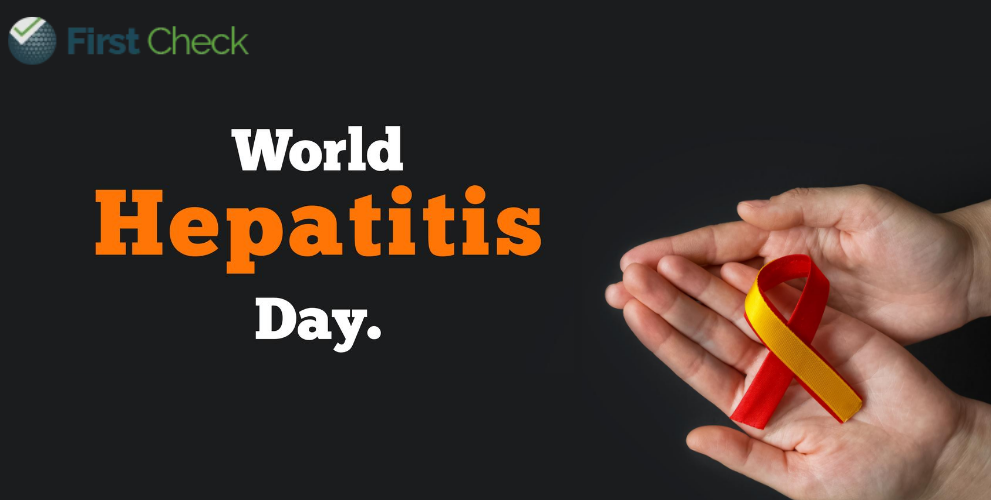World Hepatitis Day: Taking inspiration from Egypt’s hepatitis C triumph
Author
Author
- admin / 1 year

- 0
- 3 min read

Author
Egypt is the first country to achieve the gold tier status on the path to elimination of hepatitis C as per WHO criteria. China, India and Pakistan are well poised to follow suit.
World Hepatitis Day is observed every year on 28 July, as an opportunity to reflect on the ongoing fight against hepatitis, and to encourage stronger commitment at local, national and international levels to combat the growing threat of the disease. The World Health Organisation (WHO) in its first consolidated report on viral hepatitis, with improved data for action, presents the latest estimates on the disease burden and coverage of essential viral hepatitis services from 187 countries across the world.
Countries like China, India and Pakistan, the report suggests, can follow in the footsteps of Egypt to eliminate hepatitis C from their countries. “Egypt is the first country to achieve the gold tier status on the path to elimination of hepatitis C, based on fulfilling WHO criteria that will set the country up to achieve the reduced incidence and mortality targets of full elimination before 2030,” WHO said.
Egypt had the highest rate of Hepatitis C in the world, reaching nearly seven per cent of the adult population, in 2015. According to World Bank estimates, more than one in five Egyptians aged 50-59 years had hepatitis C, causing productivity declines of 7.5 per cent amongst those infected and leading to a 1.5 per cent annual drop in GDP. Hepatitis C patients were also five times more likely to fall into poverty as they would spend large amounts of money on treatments and were not able to work due to ill health.
In 2018, ‘100 Million Healthy Lives’ campaign, a nationwide mass screening campaign, was launched by the country. According to the World Bank, the success of the campaign was largely due to the fact that the screening and treatment processes were made accessible, inexpensive, and convenient for all citizens.
The campaign had aimed to screen all Egyptians and residents nationwide who were above the age of 18 in three phases, each phase comprising up to 11 administrative governorates, utilising almost 6,000 fixed testing sites and more than 8,000 mobile teams throughout the country. 1,079 medically equipped vehicles were deployed to reach remote and underserved areas. A professional call center was set up for necessary follow-ups and to respond to inquiries from citizens.
According to WHO, with recent political commitments, policy updates and local production of viral hepatitis medicines, other low and middle-income countries with a high burden of viral hepatitis, such as China, India and Pakistan, are well positioned to scale up their viral hepatitis response.
In 2022, an estimated 254 million people globally lived with hepatitis B, and 50 million with hepatitis C. India had 29 million hepatitis B cases, second only to China with 79 million. For hepatitis C, India had 5.5 million cases, following Pakistan, which had 8.8 million.
An estimated 304 million people worldwide live with hepatitis B or C, as per the latest WHO report. For most, testing and treatment remain beyond reach. “Viral hepatitis is the second leading infectious cause of death globally, with 1.3 million deaths per year – the same as tuberculosis. Of these, 83 per cent are caused by hepatitis B and 17 per cent by hepatitis C,” it notes.
Read More :World liver day: Understanding hepatitis









